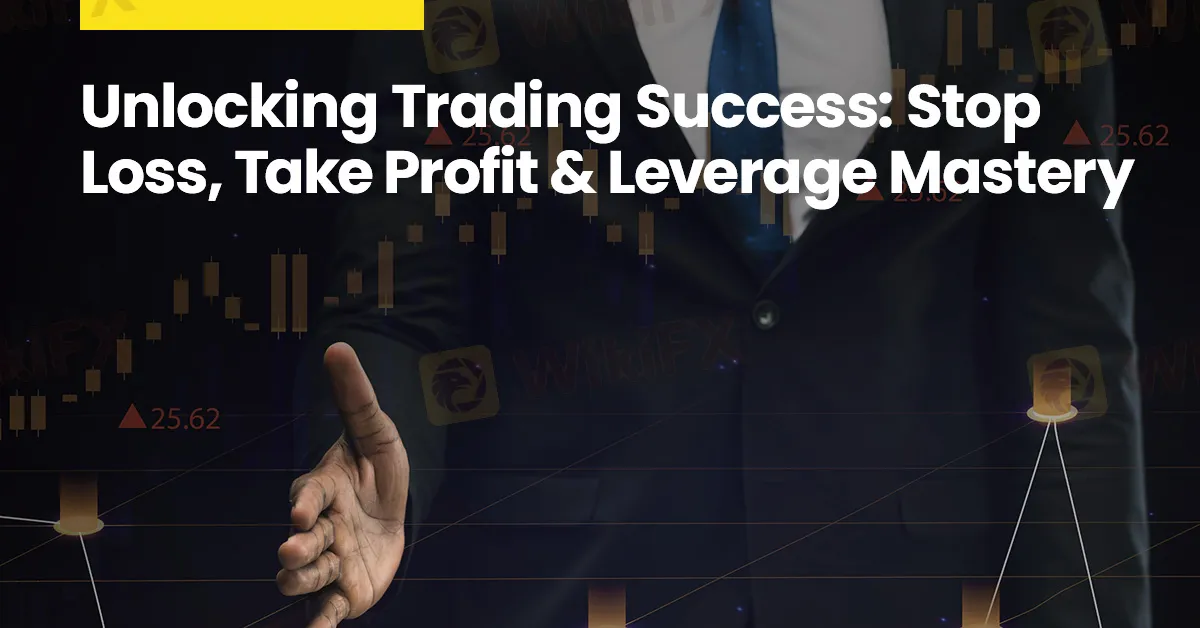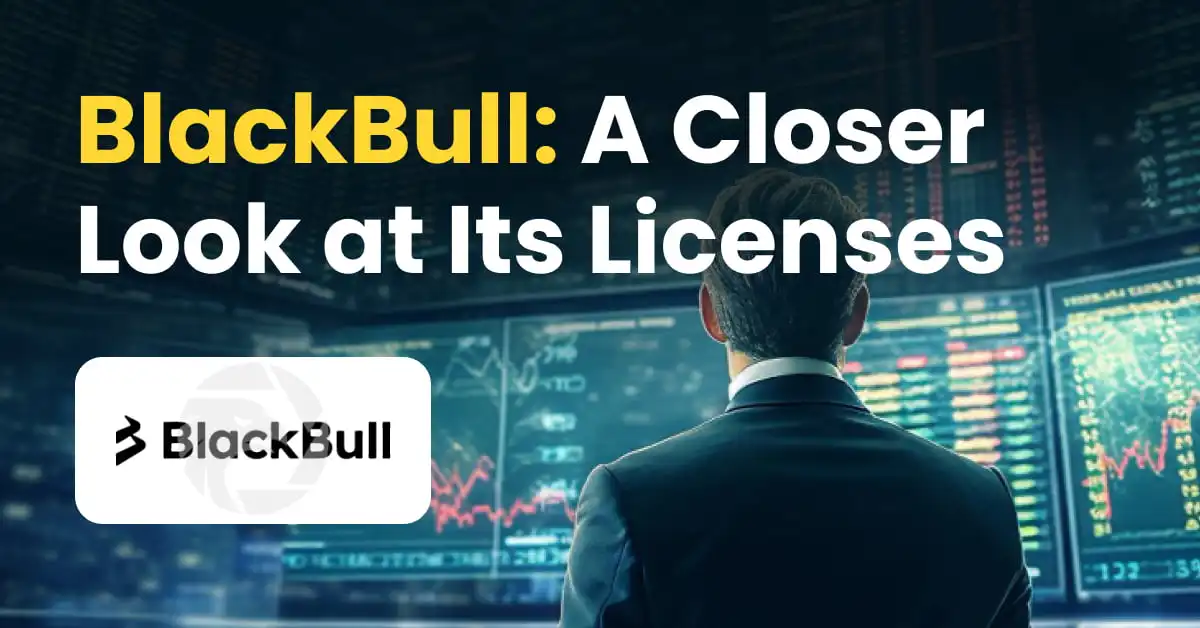简体中文
繁體中文
English
Pусский
日本語
ภาษาไทย
Tiếng Việt
Bahasa Indonesia
Español
हिन्दी
Filippiiniläinen
Français
Deutsch
Português
Türkçe
한국어
العربية
Unlocking Trading Success: Stop Loss, Take Profit & Leverage Mastery
Abstract:In the world of online trading, success is not just about making profitable trades—it's also about effectively managing risk. One of the most crucial aspects of risk management is setting stop loss and take profit points, as well as determining appropriate leverage levels.

In the world of online trading, success is not just about making profitable trades—it's also about effectively managing risk. One of the most crucial aspects of risk management is setting stop loss and take profit points, as well as determining appropriate leverage levels. Let's delve into these strategies to help traders navigate the markets with confidence and discipline.

Stop loss and take profit orders are essential tools for managing risk and ensuring that losses are kept within acceptable limits while allowing for potential profits to be realized.
A stop loss order is a predetermined price level at which a trader will exit a losing trade to limit potential losses. It serves as a safety net to protect against significant losses in case the market moves against the trader's position. When setting a stop loss, it's essential to consider factors such as market volatility, support and resistance levels, and the trader's risk tolerance. Placing stop losses too close to the entry price may result in premature exits, while setting them too far away could expose the trader to excessive losses.
A take profit order, on the other hand, is a predetermined price level at which a trader will exit a winning trade to lock in profits. It allows traders to capitalize on favourable market movements and avoid the temptation to hold onto winning positions for too long, potentially risking a reversal. When determining take profit levels, traders should consider factors such as key resistance levels, profit targets based on technical analysis, and overall market conditions.

Leverage can amplify both profits and losses in trading. While it can magnify potential gains, it also increases the risk of significant losses if trades move against the trader's position. Therefore, it's crucial to use leverage judiciously and implement risk management measures to mitigate potential losses.
Before engaging in leveraged trading, it is imperative for traders to conduct a thorough assessment of their risk tolerance and financial circumstances. It's crucial to use leverage only in amounts that traders can afford to lose without jeopardizing their financial stability. Typically, conservative traders may opt for lower leverage levels, prioritizing capital preservation over potential gains, while more aggressive traders may opt for higher leverage to potentially amplify profits.
In addition to assessing risk tolerance, implementing leverage limits is a key strategy for managing risk effectively. By setting leverage limits, traders can maintain control over their exposure in the market and prevent overexposure. Many trading platforms offer adjustable leverage settings, allowing traders to tailor their leverage levels to their risk management strategy. This enables traders to avoid taking excessive risks and safeguard their trading capital against significant losses.
Furthermore, closely monitoring margin requirements is essential for mitigating risk in leveraged trading. Traders should regularly assess their account equity to ensure it is sufficient to support their leveraged positions. Margin calls, which occur when account equity falls below required levels, can lead to forced liquidation of positions and substantial losses. By staying informed about margin requirements and proactively managing their account equity, traders can minimize the risk of margin calls and preserve their capital. This diligent approach to risk management is fundamental for maintaining stability and longevity in the volatile world of leveraged trading.
In the fast-paced world of trading, effective risk management is essential for long-term success. By implementing strategies such as setting stop loss and take profit points and managing leverage levels, traders can minimize losses, protect their capital, and maximize their chances of profitability. Remember, disciplined risk management is the cornerstone of profitable trading, so always prioritize capital preservation and trade responsibly.

Disclaimer:
The views in this article only represent the author's personal views, and do not constitute investment advice on this platform. This platform does not guarantee the accuracy, completeness and timeliness of the information in the article, and will not be liable for any loss caused by the use of or reliance on the information in the article.
Read more

How to Build a Forex Trading Robot for Beginners in 2025: No Coding Needed
Learn how to build, test, and deploy your own forex trading robot. A complete beginner’s guide covering strategy, risk control, tools, and platforms.

BlackBull: A Closer Look at Its Licenses
When selecting a broker, understanding its regulatory standing is an important part of assessing overall reliability. For traders seeking to protect their capital, ensuring that a platform operates under recognised and stringent oversight can make all the difference. Keep reading to learn more about BlackBull and its licenses.

Dark Side of AETOS: They Don’t Want You to Know
AETOS is an Australia-based broker. All over the internet, you will find positive reviews about this broker, but no one is talking about the risks involved with AETOS. However, we have exposed the hidden risks associated with AETOS

Contemplating Investments in Quotex? Abandon Your Plan Before You Lose All Your Funds
Have you received calls from Quotex executives claiming to offer you returns of over 50% per month? Do you face both deposit and withdrawal issues at this company? Or have you faced a complete scam trading with this forex broker? You're not alone. Here is the exposure story.
WikiFX Broker
Latest News
Global week ahead: Banking bellwethers and a tariffs waiting game
CNBC Daily Open: Solid earnings beats might mask tariff volatility these two weeks
Mastering Deriv Trading: Strategies and Insights for Successful Deriv Traders
Brexit made businesses abandon the UK. Trump's hefty EU tariffs could bring them back
Jeep-maker Stellantis expects first-half net loss of $2.7 billion as tariffs bite
CNBC Daily Open: The silver lining of positive earnings could be too blinding
BlackBull: A Closer Look at Its Licenses
Top Wall Street analysts are confident about the potential of these 3 stocks
Retirees are fleeing these 10 U.S. cities—most are in states where you need over $1 million to retire
Singapore dollar exhibits safe-haven currency features. But it's no yen or Swiss franc — yet
Currency Calculator


